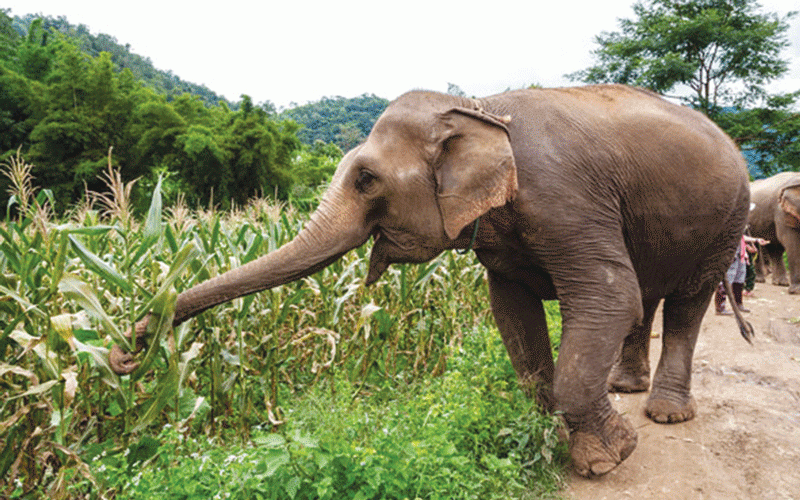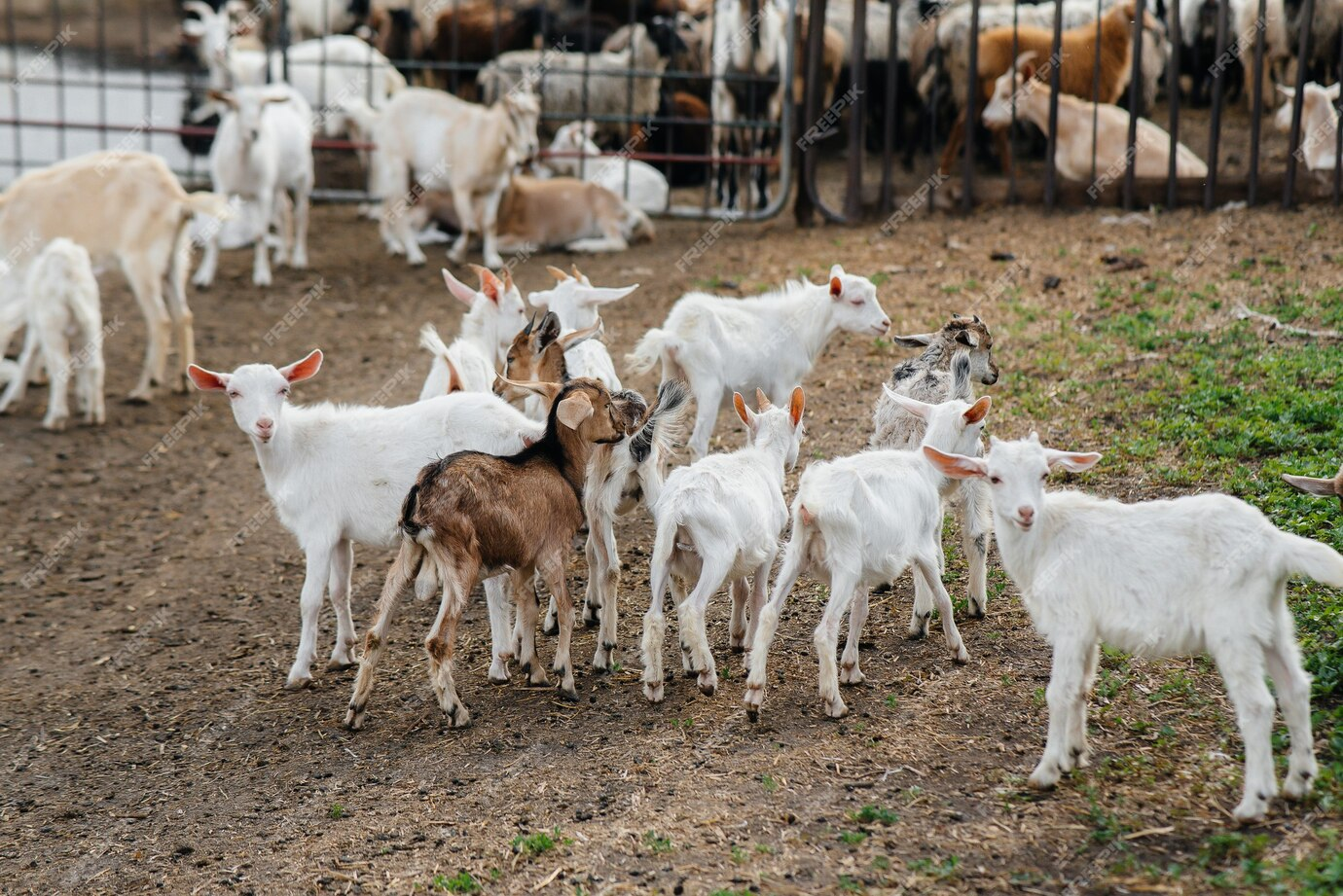
Affected communities living near Zimbabwe’s wildlife areas have asked the government to consider compensating their economic losses when their crops are damaged by wild animals.
This sentiment comes in the wake of the Zimbabwean government’s recent approval to compensate victims of human wildlife conflict (HWC), with payments covering three categories: death, maiming, and injuries. The relief fund will pay for funeral costs, hospitalisation, and treatment up to a certain limit.
According to the government, a specialised human wildlife conflict unit will be established within the Department of Parks and Wildlife, and the fund will be self-financing, with proceeds expected to come from hunting revenues.
Statistics from the Gonarezhou Conservation Trust (GCT), which manages Gonarezhou National Park, the economic loss for villages surrounding the park, which is located in a relatively remote corner of Masvingo Province, can reach US$75 000 per year.
This is why villagers want the HWC Relief Fund to cover their economic losses as well, because their crops are frequently damaged by animals, which also prey on their livestock.
Villagers also argue that the economic losses, including the emotional costs of those conflicts, can be quite significant, affecting their contracts with beverage companies to supply sorghum to the point of being outright disastrous at the household level.
Some form of compensation for the damage is required to avoid local farmers’ resentment, according to Stephen Chauke of Mafunjwa village in ward 15, Chiredzi south, who noted that elephants destroyed maize worth an estimated US$400 from his half-hectare field.
“Depending on their movement, elephants raiding fields could be in a herd. They could be four, five, or ten on a single raid. We had three elephants two weeks ago,” he said to journalists touring Gonarezhou.
- Chamisa under fire over US$120K donation
- Mavhunga puts DeMbare into Chibuku quarterfinals
- Pension funds bet on Cabora Bassa oilfields
- Councils defy govt fire tender directive
Keep Reading
“I once lost maize worth R6 000 destroyed by two elephants who finished half a hectare of maize. I sell fresh green maize. If there are a lot of elephants, they will raid about five fields at a time.”
According to Chauke, crop destruction by wildlife impacts household food security and cash income, which is why compensation is required.
“I was impressed when we heard talk of compensation because we were always told there was no compensation when we asked for it. So we are pleased that, if properly implemented, it may be of assistance to villagers,” he said.
His wife, Valenta, stated that communities benefit from Communal Areas Management Programme for Indigenous Resource (Campfire), a government initiative which redistributes income from tourism and hunting, through which the community received funds for clinic construction and school toilets but not personal compensation.
“In 2021, we were given diesel to do chilli cakes by GCT after we had lost maize on our 0,1 hectare farm that elephants ate,” she said, noting that fencing of reserves was necessary as a mitigation strategy.
Muhlanguleni village, ward 10 Councillor Leonard Makondo, also vice chairman of Chiredzi south rural district council, echoed Chauke’s sentiment, saying that “a token of appreciation should go directly to the one who had a loss.”
He also said Campfire funds had assisted some victims but the assistance was a collective approach.
“In a situation where a hyena has eaten the livestock, Campfire dividends are helping the community. Some areas with the main line of electricity at the school, township clinics were brought by Campfire, so the community are being assisted with dividends,” he said.
GCT Monitoring and Evaluation Officer, Rumbidzai Magwiro said that most of the crop raiding animals were elephants, hippos, baboons, bushpigs and buffaloes.
“Hippos eat mainly from the gardens because the gardens are close to the water source. Elephants are very mobile and cause 84% of the conflict. Baboons and bushpigs might be causing more conflict but communities don’t report that conflict because the magnitude is less compared to elephants,” she said.
Magwiro said these animals mostly ate maize, sorghum, beans, and watermelons but usually ate whatever villagers had planted in the fields.
“Most of the people here have contracts with Delta and Chibuku beverage companies. They plant sorghum, that’s what you mainly find destroyed and eaten. Maize is our staple food and when it is planted is also eaten,” she said.
According to the monitoring and evaluation officer, economic losses for the communities around Gonarezhou can reach US$75 000 per year depending on the severity of the conflict.
“Different livestock species are linked to the type of animal. The main problem animal is the hyena — we can’t argue with that but it’s a very tricky animal to deal with when it comes to mitigation because when it predates most of the livestock are outside at night,” she said, stating 72% of predated animals is carried out at night, outside the kraals.
“Areas here don’t have enough grass so villagers don’t put livestock in kraals but leave them outside so they don’t starve to death but continue grazing.”
Magwiro said GCT could not compensate victims for their economic losses as the law was still ‘outstanding,’ claiming if they did, it could set a certain precedent that may cause problems.
“When it comes to economic losses, unfortunately, our law does not allow for compensation or offsetting. It does not accommodate that. The only thing you can bring to the people is assistance with mitigation measures so that the impact on economic losses does not increase,” she explained.
“We cannot as an organisation offset where the law does not accommodate that because you set a certain precedent and that will cause havoc in the whole nation.”
Magwiro said the compensation policy was “not yet out, but authorities were still working on it,” adding that it was “just to offset in certain circumstances.”
Gonarezhou Senior Area Manager, Evious Mpofu, added that the lack of a compensation policy does not preclude reserves from assisting the community.
“We will help but of course there’s a need for coming up with a policy which is a guide so that it comes to a standard of what is supposed to be done. But we do help. We have the Parks and Wildlife Act that has given appropriate status to all areas around parks through the Campfire model,” he said. “The main idea is that those animals benefit communities so there’s an allocation to be hunted within a concession or specific area like mitigation, say, if six elephants are hunted the money or whatever is generated is for communities.”
On November 1, 2022, after a post cabinet briefing, Minister of Information, Publicity and Broadcasting Services, Monica Mutsvangwa said this year alone, as of August 2022, 46 Zimbabweans were killed due to HWC.
She added that regionally, Zimbabwe has the highest number of deaths from human wildlife conflict.











